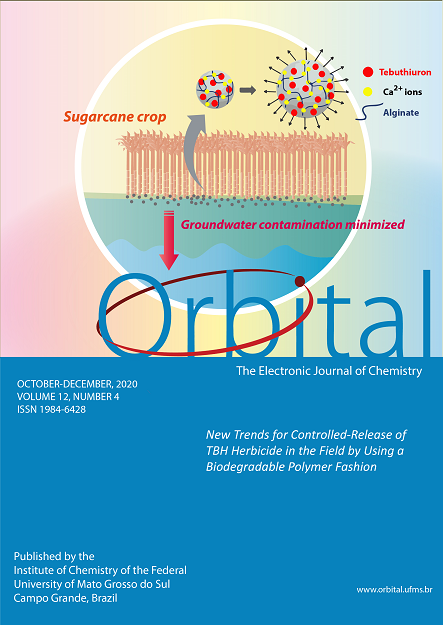Use of Contextualized Instructional Materials: The Case of Teaching Gas Laws in a Public Uptown High School
- age,
- contextualized instructional materials,
- conventional lecture method,
- Gas Laws,
- Gender
Copyright (c) 2020 Orbital: The Electronic Journal of Chemistry

This work is licensed under a Creative Commons Attribution-NonCommercial-NoDerivatives 4.0 International License.
Abstract
The study determined the effectiveness of the use of contextualized instructional materials (CIM) in teaching Gas Laws. Two groups of tenth grade students from a public uptown high school in Cebu City, Philippines participated in the study. The control group was exposed to conventional lecture method (CLM) while the experimental group was exposed to CIM for a month in the fourth quarter of the school year. Study findings revealed that the CLM group had Below Average entry and exit performances, and the CIM group had Below Average entry and Average exit performances. Both groups had significant improvement from entry to exit performances. Results also showed that students exposed to CIM had significantly higher improvement than those exposed to CLM. Gender and age did not have any relationship with the improvement of CIM’s performance. The study concluded that contextualized instructional materials were efficient medium in achieving maximum learning potential as evidenced in students’ enhanced performance in the concepts of Gas Laws in Chemistry. Workshops on making contextualized materials for teachers are recommended.

